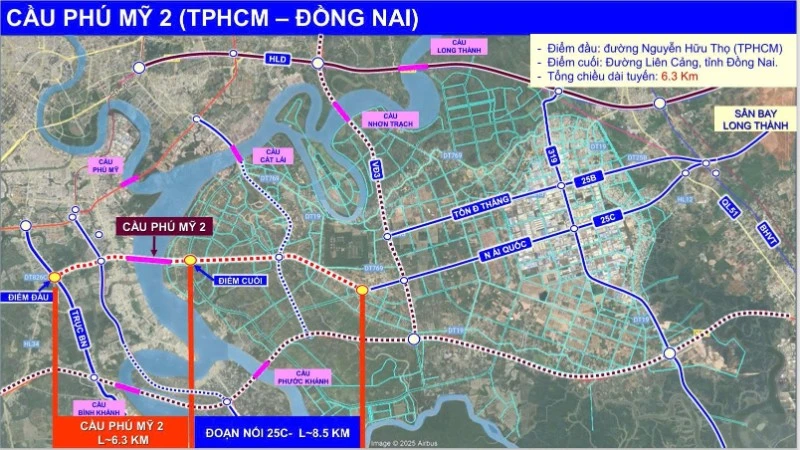According to the State Bank of Vietnam, thanks to early digitalisation efforts and significant investments in technology, over 87% of adults now have a payment account at a bank, and many banks process more than 95% of their transactions through digital channels.
From 2017 to 2023, mobile and QR code payment transactions grew at an average annual rate of over 100%. The interbank electronic payment system processes an average of 830 trillion VND (approximately 40 billion USD) per day, while the financial switching and electronic clearing system handles 20–25 million transactions daily.
By adopting the principle of “leapfrogging” and proactively implementing digital transformation, banks have expanded their scale, brand presence, and services. For example, at the beginning of 2025, Agribank has been aggressively developing electronic banking applications with user-friendly interfaces and multiple integrated features.
The Agribank Digital model functions as a miniature bank branch, serving all customers, particularly those in rural and remote areas, enabling easier access to financial services while reducing the need to visit traditional branches.
Between 2019 and 2024, ACB made substantial investments in digital transformation, turning ACB ONE into a key business channel alongside traditional banking. As a result, ACB expanded its customer base and market share. By the end of 2024, ACB had 6.7 million individual customers and 305,000 corporate customers registered for digital banking services.
Similarly, since 2020, Nam A Bank has undergone significant digital transformation and expanded operations across provinces and cities nationwide. The bank has nearly 250 business locations, including around 150 traditional branches and transaction offices and 101 ONEBANK locations integrating digital banking ecosystems. Despite rising operating costs, the bank’s cost-to-income ratio (CIR) has gradually improved over the years.
While digital technology offers numerous opportunities for the banking sector and benefits for customers, it also brings challenges. One major issue is the incomplete legal framework, which has yet to keep pace with rapid technological advancements, making it difficult for banks to implement new digital solutions. Additionally, cybersecurity risks are rising as cybercriminals become more sophisticated, constantly evolving their tactics, making it challenging to prevent and combat fraud.
Another challenge is the shortage of skilled IT professionals to manage digital banking systems and ensure data security. Meanwhile, customers face greater risks from scams, identity theft, and fraudulent transactions that lead to financial losses in online banking.
To maximise the effectiveness of banking digitalisation, banks must identify risks and continuously update their security policies to safeguard customer rights, enhance credibility, and ensure sustainable development in an increasingly complex cybersecurity environment. A key driver of banking digitalisation is the implementation of Project 06, which focuses on developing applications for citizen data, digital identity, and electronic authentication to support digital transformation.
Successful implementation of this project will help banks verify customer identities when providing services, strengthening security and safety in the expansion of digital banking and digital payments. Additionally, regulatory authorities must improve their response to emerging fraud schemes in electronic banking, proposing security solutions to better protect online banking customers.
















